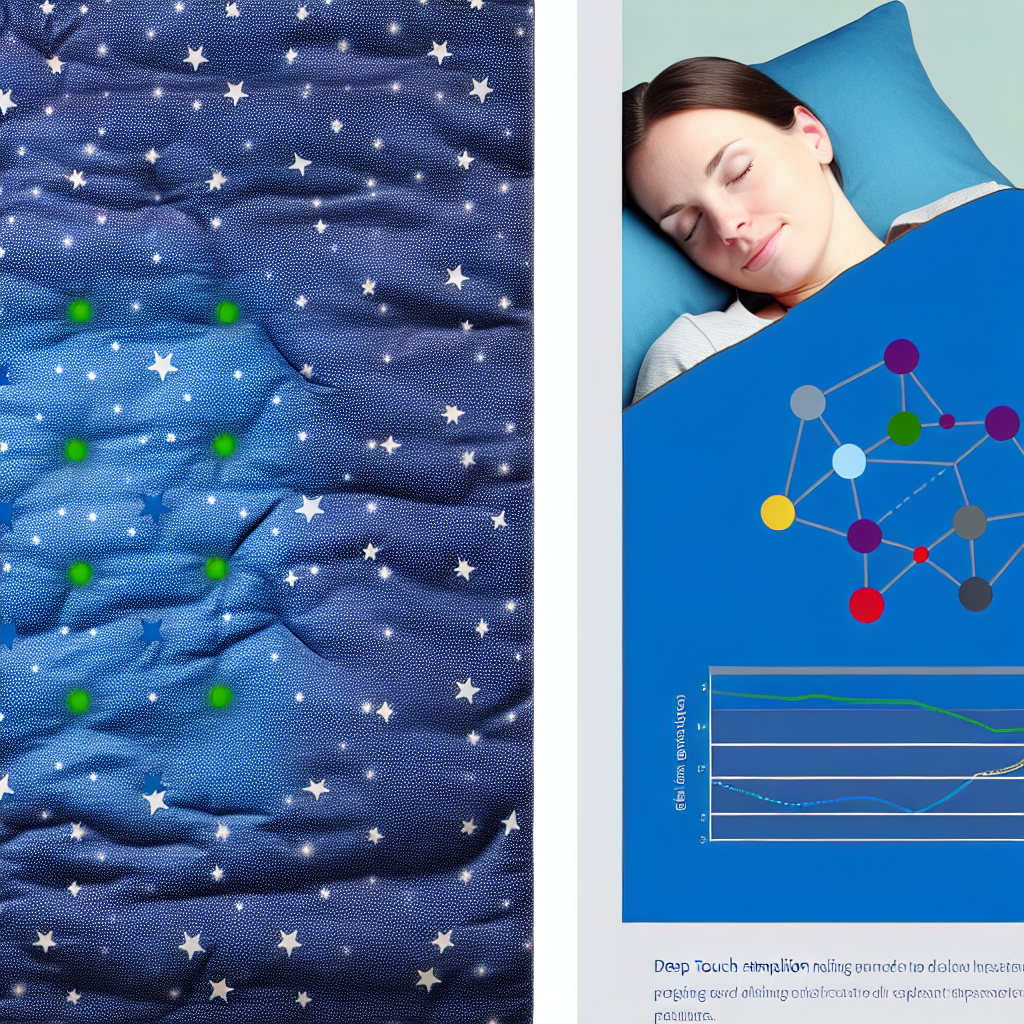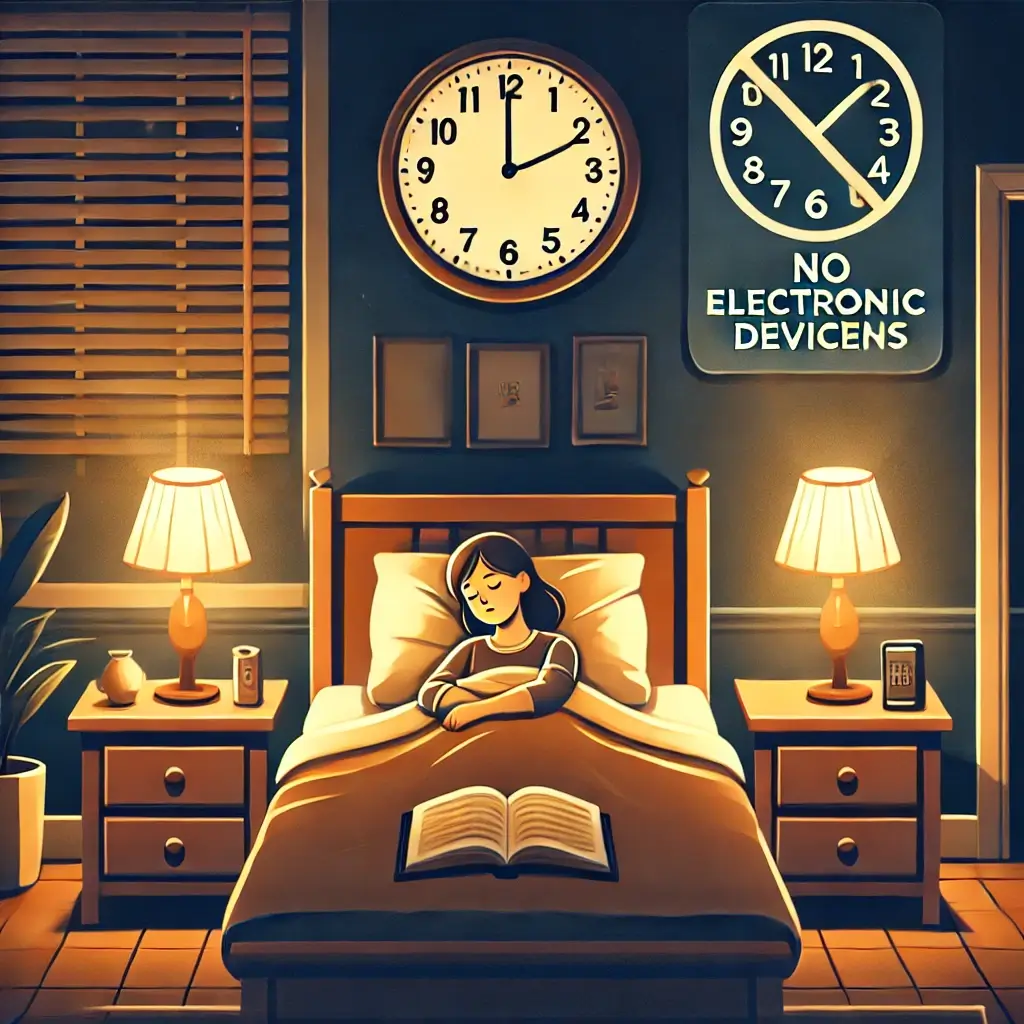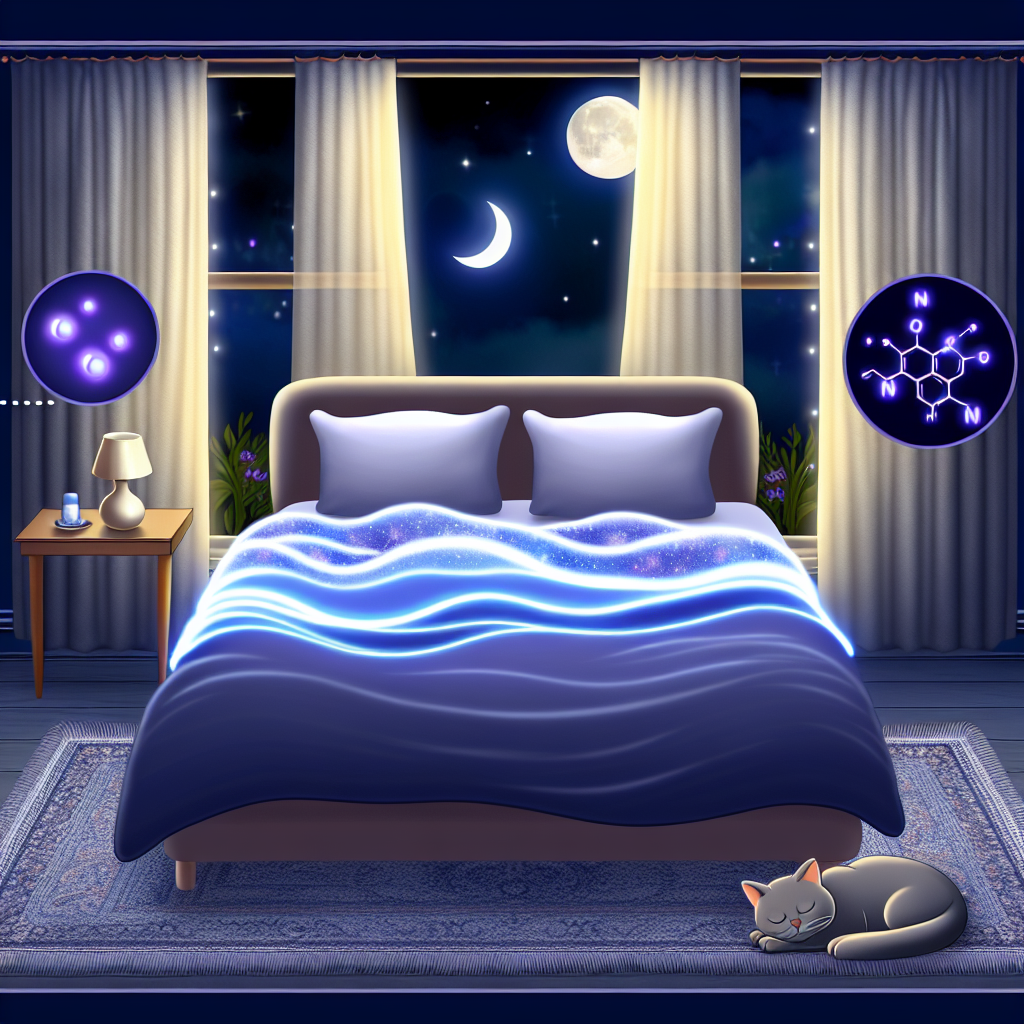Weighted Blanket Pressure Points: Scientific Guide to Deep Touch Stimulation
Weighted blankets aren’t just cozy accessories for the bedroom—they’re scientifically grounded therapeutic tools. In this post, we’ll explore the fascinating connection between pressure points, deep touch stimulation (DTS), and how weighted blankets can revolutionize your sleep. Whether you’re curious about the science or considering a blanket for health reasons, read on to discover the healing pressure hidden inside the layers.
Unlocking Better Sleep: Understanding Weighted Blankets and Their Role in Sleep Health
In our modern age of stress, screen time, and sleepless nights, weighted blankets offer a calming alternative to help tame racing minds and restless bodies. These blankets contain pockets of glass beads or plastic pellets designed to distribute pressure evenly across your body—a therapeutic touch known as Deep Touch Stimulation (DTS).
But here’s what makes them so powerful: this consistent, gentle pressure targets nerve-rich pressure points throughout the body—the shoulders, chest, hips, palms, and soles of the feet—sending soothing signals to the brain. This tactile feedback can shift your nervous system from “fight or flight” into “rest and digest,” setting the stage for peaceful slumber.
Weighted blankets stimulate the release of serotonin and melatonin, essential hormones for mood stabilization and sleep readiness, and reduce cortisol—the stress hormone. These effects make them particularly valuable for those managing anxiety, ADHD, autism, and sleep disorders.
As science continues to validate these benefits, weighted blankets are quickly shedding their “trendy” image to become a trusted tool in holistic sleep medicine.
The Science of Calm: Medical Insights on Pressure Points and Deep Touch Stimulation
Behind every good night’s rest under a weighted blanket is a host of fascinating neurological processes. Deep Touch Stimulation (DTS) plays a central role, interacting with touch-sensitive receptors found at key pressure points in the body. This form of tactile input has been shown to regulate stress and support emotional balance.
One groundbreaking study by Dr. Temple Grandin in 1992 demonstrated how deep pressure could significantly reduce anxiety and autonomic system arousal. Her innovation—the “hug machine”—laid the foundation for later advancements, including the therapeutic weighted blanket.
In a 2015 study featured in the Journal of Sleep Medicine & Disorders, adults using weighted blankets experienced improved sleep continuity, decreased nighttime movements, and longer durations of sleep. Participants reported feelings of security and reduced anxiety due, in part, to stimulation of proprioceptive pathways that calm the limbic system—your emotional brain.
Another clinical investigation published in the American Journal of Occupational Therapy involved adults using 30-lb weighted blankets. Results showed:
– 63% reported decreased anxiety
– 78% found the blanket calming
– 60% noted improved sleep quality
The results speak for themselves—and similar benefits have been observed in pediatric populations, especially children with autism spectrum disorder (ASD). A 2014 study highlighted significant improvements in both falling asleep and overall sleep satisfaction in children using weighted blankets.
The takeaway? The gentle activation of pressure points by a weighted blanket can spark powerful neurochemical reactions—boosting serotonin and melatonin while dialing down cortisol—all leading to better mental, emotional, and physical well-being.
Comfort Meets Neuroscience: How Weighted Blankets Promote Restful Sleep
Weighted blankets do more than add warmth; they bring balance to your nervous system. By engaging specific pressure points connected to sensory pathways, they fine-tune your body’s internal rhythms.
Each pressure point stimulated by the weighted blanket functions like a dial that turns down stress and amplifies relaxation. This is particularly vital for individuals battling insomnia, anxiety, ADHD, or sensory disorders. The wraparound sensation is akin to a full-body hug—providing emotional security and physical calm.
This integration of touch therapy with neuroscience bridges ancient healing wisdom with modern innovation. The continued validation through research highlights weighted blankets as an effective, non-invasive sleep aid that benefits everyone—from young children to older adults.
Final Thoughts: Why Weighted Blankets Are a Scientifically Sound Sleep Solution
Weighted blankets serve a purpose greater than comfort—they’re clinical by design. By triggering specific pressure points that align with nerve centers and emotional regulation hubs, they induce a cascade of beneficial effects. From reducing anxiety to enhancing deep sleep, they demonstrate a beautiful interplay between tactile therapy and brain chemistry.
Whether helping a child manage sensory overload or aiding adults in finding relief from insomnia, weighted blankets represent a tangible, easy-to-use solution. They’re a testament to how understanding your body’s connection to pressure and touch can unlock deeper, healthier sleep.
Still on the fence? Consider giving a weighted blanket a try—your nervous system just might thank you.
References
– Grandin, T. (1992). Calming effects of deep touch pressure in patients with autistic disorder, college students, and animals. Journal of Child and Adolescent Psychopharmacology. [Read the study](https://pubmed.ncbi.nlm.nih.gov/1479074/)
– Ackerley, R. et al. (2014). Touch perceptions across skin sites: differences between sensitivity, discrimination and pleasantness. *Frontiers in Behavioral Neuroscience*. [Read more](https://www.frontiersin.org/articles/10.3389/fnbeh.2014.00054/full)
– van der Heijden, K. B., et al. (2015). Effects of weighted blankets on insomnia and sleep quality in adults. *Journal of Sleep Medicine & Disorders*. [Access here](https://www.sleepmedjournal.com/article/S1389-9457(14)00315-8/fulltext)
– Champagne, T. & Mullen, B. (2014). Sensory Modulation & Mental Health: A Review. *Occupational Therapy in Mental Health*. [Read article](https://doi.org/10.1080/0164212X.2014.847710)
– Gee, B. M., & Peterson, T. W. (2015). Deep Pressure Devices: The Impact on Sleep and Behavior in Children With Autism. *The American Journal of Occupational Therapy*. [See study](https://ajot.aota.org/article.aspx?articleid=1863065)
Concise Summary:
Weighted blankets are more than just cozy accessories – they are scientifically-grounded therapeutic tools that can revolutionize your sleep. By engaging specific pressure points and providing deep touch stimulation, these blankets can shift your nervous system into a state of relaxation, boost mood-regulating hormones, and reduce stress. Whether you struggle with insomnia, anxiety, or sensory disorders, weighted blankets offer a natural, non-invasive sleep solution backed by growing medical research.

Dominic E. is a passionate filmmaker navigating the exciting intersection of art and science. By day, he delves into the complexities of the human body as a full-time medical writer, meticulously translating intricate medical concepts into accessible and engaging narratives. By night, he explores the boundless realm of cinematic storytelling, crafting narratives that evoke emotion and challenge perspectives.
Film Student and Full-time Medical Writer for ContentVendor.com




